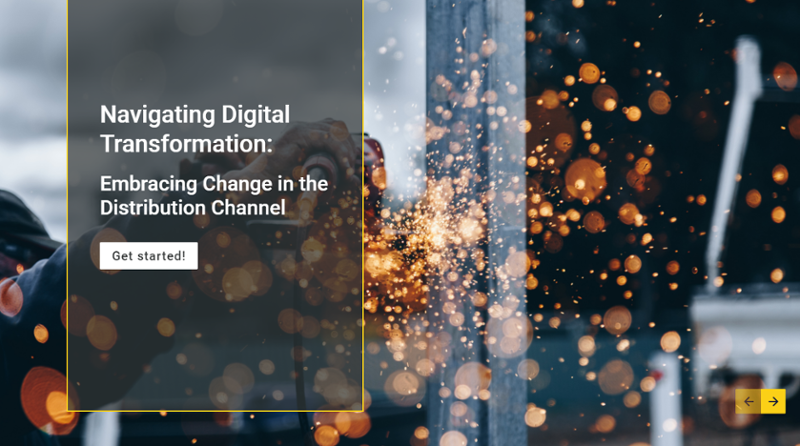There's no doubt that the online business world is changing, along with consumer expectations. Even before COVID-19 radically changed how businesses and customers behave, the move had been towards more robust digital experiences and better end-user UX, tied to Industry 4.0 data-gathering and automation initiatives. Unfortunately, such upgrades will require planning and resources, making them a daunting prospect for many businesses still using last-generation technology.
The problem of how to successfully transition to Industry 4.0 processes is a major one, but we recently came across a great article from McKinsey discussing the problem. Their attitude - which we agree with from our own experience - is that there are three basic ways to approach upgrades: Repainting, Rebuilding, or Renovating.
The Pros and Cons Of Your Smart Manufacturing Upgrade Choices
Repainting
"Repainting" is an option mostly because so many companies engage in it, not because it's necessarily a good idea. In effect, repainting simply means taking the technology a company already has, and implementing superficial changes to make it appear that larger-scale transformations have happened.
While such an approach can occasionally be justified if a company is low on resources, or concerned about being perceived as behind-the-times, a repaint amounts to treading water. It will do little to actually improve operations, and simply kicks the upgrade ball further down the line. This gives competitors more opportunity to implement real upgrades, leaving the "repainting" company further behind in reality.
Rebuilding
On the other hand, there's the rip-and-rebuild approach - stripping out massive amounts of existing technological infrastructure and taking a greenfield approach of rebuilding the technology stack from scratch. This is, obviously, an extremely expensive proposition. However, it's the approach that is most likely to result in a cohesive well-implemented technology stack which will be scalable and future-proofed, insofar as that's possible.
This approach is also going to be a good fit for companies who are severely behind the technological curve, such as those who were previously physical-only and are only now making a major push into online/inter-connected initiatives.
The danger here is largely in finding contractors and technology experts capable of building a robust and scalable system to fit the company's needs. Without careful planning and a weather eye towards future business decisions, this could potentially turn into a money hole that takes a long time to pay off.
Renovating
Renovating is the balanced approach - holding onto as much technology infrastructure as is feasible, while implementing upgrades on a case-by-case basis to improve service offerings and internal efficiency. Even a renovation project will still need significant planning, and will call for significant changes to operational procedures and workflow. However, renovating is a bit easier to plan for, and it's also easier to demonstrate ROI since it enables apples-to-apples comparisons between the old tech and the upgrades.
The need for skilled contractors and expertise is even more critical, when taking the renovation path. They will need to understand and be able to adapt to your existing technology, making it work alongside the new upgrades. Expect plenty of testing and experimenting before these systems go fully live.
Implementing Your Upgrade Approach
LogicBay offers a robust suite of online tools, software, and consulting options that allow operations of any size to connect, streamline, and improve workflow within their digital ecosystems. From online training to large-scale product rollouts, LogicBay has tools that help make Industry 4.0 initiatives a success.
Proper steps towards transformation start with a full understanding of your business and the technologies used, and the desired end goal. Next, it's important to establish a comprehensive plan for implementation including input from relevant sources and weighing the benefits, risks and delivery time. In the execution phase success is measured through reportable technology and business outcomes with key players and teams are held accountable to the established initial goals.
The three-part resource bundle below provides practical steps to establish the current state of your distribution channel, develop a roadmap of improvements to carry forward, how to align internal and external stakeholders via our formal communication plan.

Provide some quick feedback.
